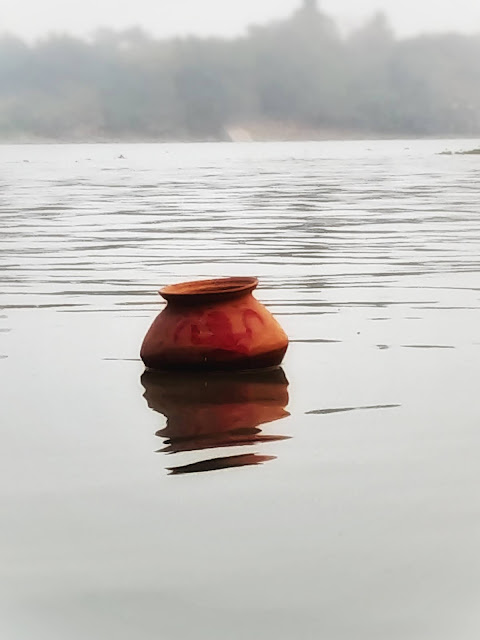Photography ft. Water
 |
| Image via Shutterstock from adorama.com |
Water is one of the essential sources of Life. But did you know it's also one of the most awesome, creative, and amazing subjects for your photos? From Time-freezing to motion-freezing, from reflection art to macro; all types can be covered! It's both a diverse and a layered subject in the field of Photography.
HOW? Here's your answer :
1. Time-Freeze - Freezing motion is a layered subject. It involves capturing all the action in a very short period of time (1/1000s or even faster). For taking a time-freeze shot there are two options:
a) Using the continuous shutter feature on your smartphone/camera
b) Taking full control of your shot in Pro/Manual mode - Keep a high ISO & a very high shutter speed i.e. 1/1000s or even more (Higher shutter means speed giving less time for the sensor to sense the light. So, keep a high ISO else the photograph would be dimmed).
2. Reflection Art - One of the most used forms of using water as a subject is capturing the reflection produced by water. Just spread the water, wait for it to be constant, and shoot. It's not only simple but also gives a new angle to your pictures. reflections can both be of any monuments/figures/landscapes or simply any light streak.
3. Framing your Photograph - Easy it might seem but accurately framing your photograph and maintaining the composition might be a bit hard because you're working with not only the subject but also water and its reflections. To ease you out; here are some ways to keep your frame correct -
a) Use Grid Lines and Rule of Third's to correctly align your subject.
b) Try to bring out a story. Every picture speaks. Make sure that your photograph conveys a very specific and direct message.
4.Macro Photography - Macro Photography is a world of its own. Bringing out the minute details and capturing what we tend to unsee in our everyday lives, that's macro photography. Using water for macro would give you no less than an awesome shot! For macro, it's advisable to mount a macro lens on your primary camera as the only zoom would destroy both the quality and composition of the picture. Here are a few examples-
a) In your garden or nearby, you'll see many plants upon which water doesn't stick to its leaves/flowers, and surprisingly, the water forms a round shape on top of that specific leaf/flower. Get your macro lens out and capture it.
b) You would need to have good sight and wait for hours but during rains, you can capture small insects like dragonflies.
5. Inverse-reflection Photography - As you might be knowing that an image that's reflected by water is inverse. Use this to your advantage and create some awesome shots. For this, there are two ways:
METHOD 1
- Use a dropper and take out a single drop of water.
- Try to keep that drop on your dropper for as long as possible and as steady as possible.
- Now, place any image you want to be reflected from that drop of water.
- Mount your camera/smartphone at the correct angle that's reflecting the total image.
METHOD 2
- Take a glass sheet. (if unavailable, you can also use an old spectacle/a small glass pane)
- Keep the glass at a certain height.
- Under the glass, keep the image you want to reflect.
- Mount your camera/smartphone above the glass pane.
- Shoot at the perfect angle
NOTE: If you're using spectacles/a small glass pane for reflection, it's advisable to use a Macro Lens.
EXTRAS -
a) Spray water on any flower/leaf and capture it. It gives a fresh feel to the photograph and also serves as improving the composition of your image!
b) Get up in the morning and you might find dewdrops on the leaves/petals. Capture it using flash. Also, as dewdrops are formed in symmetrical order, they would look more beautiful.
 |
| Image via Dibyabrata Bhattacharya |
c) Take any fallen feather of a bird and by using a dropper, form water droplets upon it. It's actually easy as a bird's feather already has a water-resistant coating. Now use a Macro Lens and shoot.































Comments
Post a Comment